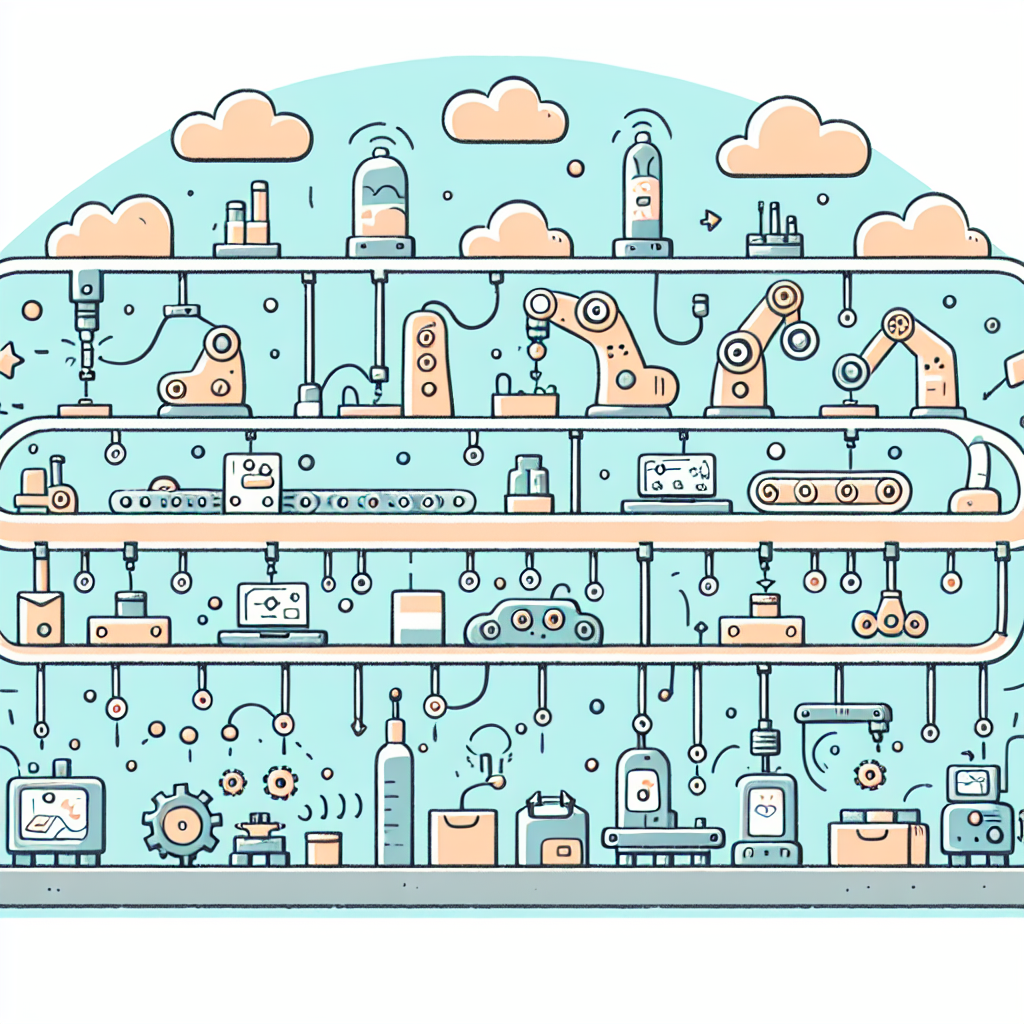First and foremost, automation has significantly boosted productivity across various sectors.
From manufacturing to retail, businesses are leveraging automation to streamline operations, reduce human errors, and enhance efficiency. Machines and AI-powered systems can work round the clock without fatigue, ensuring greater output in less time. Moreover, by automating repetitive and mundane tasks, companies can free up their employees’ time, allowing them to focus on more strategic, creative tasks that add value to the organization.
However, automation is a double-edged sword. While it has been lauded for its productivity-boosting benefits, it has also spurred concerns over job displacement. As processes become automated, the demand for manual labor declines, leading to job losses in certain sectors. This displacement necessitates a shift in the workforce’s skillsets, with an increased focus on digital literacy, critical thinking, and creativity.
Yet, we should view this shift not as a threat, but as an opportunity. Businesses can take proactive steps to reskill and upskill their workforce, preparing them for the automation-dominated future. This approach not just mitigates job loss fears but also paves the way for more fulfilling jobs that leverage human intelligence and creativity.
Lastly, automation’s impact extends beyond the business realm. It has far-reaching implications on society and the environment.
Automated systems can help monitor and control energy usage, contributing to sustainability efforts. Further, automatons like self-driving cars promise to improve safety and transform the transportation sector.
In conclusion, automation stands at the forefront of our rapidly evolving technological landscape. While it brings challenges such as potential job displacement, its positive contributions to productivity, efficiency, and sustainability cannot be overlooked. As we embrace the automation revolution, our ability to adapt, learn, and grow will determine our success in this new era.
